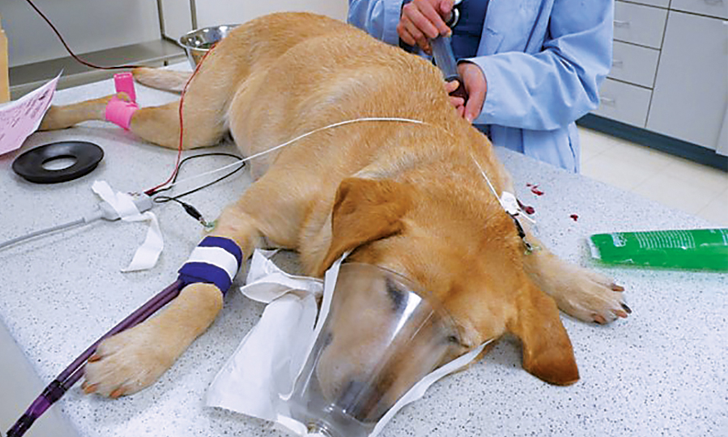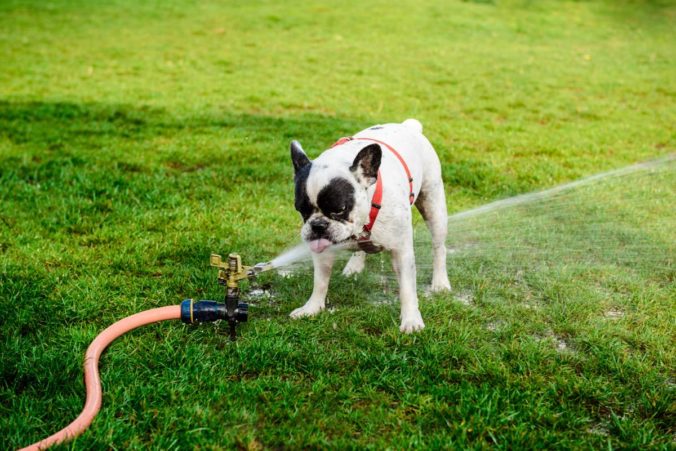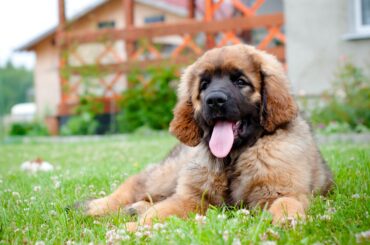Heatstroke in Dogs- When a dog gets too hot and is unable to cool down via panting, it develops heatstroke, which can be fatal. When your dog’s temperature hits (106°F) 41.1 degrees or above, he or she is suffering from heatstroke. Neurological and organ malfunction and failure occur at this temperature.
When their temperature reaches 43 degrees or above, the proteins that form the foundation of all of the body’s cells dissolve. Higher temperatures and more extended periods of heat exposure will cause more organ malfunction and death. Heatstroke is a condition caused by high external or ambient heat.
It’s vital to remember that dogs, unlike humans, cannot regulate their body temperature by sweating because they only have a few sweat glands in their footpads. Panting is their principal means of controlling body temperature. Heatstroke can strike at any point during the year. It can, however, happen unexpectedly and without notice.
Our pets pant to expel heat in order to cool down. Sweat glands in their paw pads and noses serve to disperse heat, but only to a limited extent. Heatstroke can develop when our pets are unable to cool themselves through panting.

Table of Contents
Causes of Heatstroke in Dogs
Heatstroke in dogs can be caused by being left in a hot yard without access to shade or water, using a hairdryer for a lengthy period of time, or engaging in excessive or vigorous exercise during hot weather. Even though the temperature and humidity may not appear to be extreme, dogs that are overly excited or exercised are at risk. This is especially true if dogs are confined in a home or poorly ventilated setting.
Heatstroke can also be caused by an infection that causes a fever. Because of the increased muscular activity, seizures or severe muscle spasms can significantly raise body temperature. Leaving a dog in a car with inadequate ventilation is the most prevalent cause of heatstroke. In this condition, the dog’s body temperature can quickly rise.
Dogs with constricted airways are more vulnerable. Clinical indications of heatstroke can appear in certain breeds even when the outdoor temperature and humidity are only moderately high. Muzzled dogs, for whatever reason, are more vulnerable since their capacity to pant is reduced.
Symptoms of heatstroke in dogs
The following are the signs of heatstroke in dogs occurrence and include
- Excessive drooling
- Collapsed or vomiting
- High body temperature
- Restlessness or restlessness
- Difficulty breathing
- Gum color change
- Vomiting
- Heavy Painting
- Diarrhea
- Hypertension
- Lethargy or collapse
- Dizziness
- Signs of bewilderment
- Muscle tremors
- Seizures
- `Unconsciousness
Heatstroke in Dogs Diagnosis

Heatstroke is diagnosed by a high rectal temperature exceeding (106°F) 41.1 degrees, a history of being in a hot environment, and symptoms similar to those mentioned above. Your dog’s temperature will be checked by your veterinarian to make sure it isn’t due to infection.
Treatment of Heatstroke in Dogs
Heatstroke is a life-threatening disorder that requires rapid medical attention to improve survival chances. A priority is to reduce body temperature in a safe and controlled manner. Pour cool, not cold, water over the head, stomach, armpits, and feet, or apply cool cloths to these regions. If you’re using cool wet cloths, make sure to refresh them frequently or they’ll start to absorb heat. Ensure a constant flow of air across the dog to aid in evaporative heat loss until your veterinary hospital can provide treatment. Heatstroke is commonly treated with intravenous fluids, mild sedation, and low-concentration oxygen therapy.
Most healthy pets will recover fast if treated promptly if their body temperature has not reached dangerously high levels. Some pets may suffer permanent organ damage or die later as a result of complications that developed as a result of hyperthermia. Hyperthermic pets are more likely to get heatstroke as a result of injury to the thermoregulatory center.

Prevention of Heatstroke in Dogs
- Don’t leave pets in hot, locked homes or garages
- Avoid walking pets on hot sand, concrete, asphalt, or any other surfaces where heat is reflected.
- Allow your dog easy access to water to keep him hydrated.
- Keep the car cool, make frequent rests, and have enough water accessible
- Avoid exercising during the hottest parts of the day
- Make sure there is plenty of cool water and shade available
RECOMMENDED ARTICLES
- Mastiff Dog Breed – 8 Exclusive Body Characteristics, Behaviour and Health
- Leonberger Dog – 4 Comprehensive Body Characteristics, Behaviour And Health
- 3 Basic Causes of Breathing Difficulties In Dogs, Symptoms, And Treatment
- Constipation in Dogs – 15 Exclusive Causes, Symptoms, And Treatment
- Hematuria In Dogs – 8 Basic Causes, Symptoms And Treatment
If you like, please share it. Sharing is usually caring.




